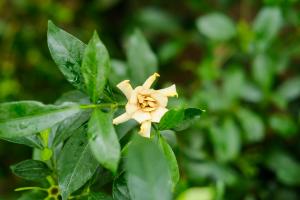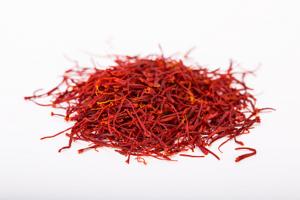How to Find Out How Many Mitochondria are in a Plant Cell
Mitochondria are essential organelles found in eukaryotic cells responsible for producing energy through cellular respiration. They are present in most cells in varying amounts depending on the cell type and function. In plants, the number of mitochondria can vary based on a variety of factors, including the tissue type, developmental stage, and environmental conditions. While it is difficult to determine the exact number of mitochondria in a plant cell, there are methods available to estimate their abundance.
Method 1: Electron Microscopy
Electron microscopy is a powerful tool for visualizing the architecture of cells and organelles at the nanoscale level. As mitochondria have a distinctive morphology, they can be easily distinguished from surrounding structures. By capturing high-resolution images of plant cells using transmission electron microscopy (TEM) or scanning electron microscopy (SEM), scientists can estimate the number of mitochondria present in the cell.
This method requires a high level of expertise and specialized equipment, making it expensive and time-consuming. Additionally, the fixation and staining procedures used in electron microscopy can disrupt the cellular ultrastructure, potentially altering the number of mitochondria observed. Therefore, this method is best used in combination with other techniques to confirm results.
Method 2: Fluorescence Microscopy
Fluorescence microscopy is a non-invasive imaging technique that utilizes fluorescent tags to visualize specific structures or molecules in cells. Mitochondria can be easily labeled using a variety of fluorescent dyes or proteins, allowing for their visualization and quantification in live or fixed plant cells.
This method requires less specialized equipment than electron microscopy, making it more accessible and cost-effective. However, it is important to note that fluorescent labeling can also alter the physiological activity of cells, potentially influencing the number of mitochondria observed.
Method 3: Mitochondrial DNA Quantification
Mitochondria contain their own unique DNA, separate from that of the nucleus. This mitochondrial DNA (mtDNA) can be used as a marker to estimate the number of mitochondria present in a cell. Quantitative PCR (qPCR) can be used to amplify and measure the amount of mtDNA present in a sample, allowing for a rough estimation of the number of mitochondria in the cell.
This method is less specific than electron or fluorescence microscopy, as the amount of mtDNA can vary based on factors such as the cell cycle stage and mitochondrial function. Additionally, mtDNA copy number can differ between cell types, complicating comparisons between different plant tissues.
Conclusion
Overall, while it is challenging to determine the exact number of mitochondria present in a plant cell, there are methods available to estimate their abundance. By utilizing a combination of microscopy techniques and mtDNA quantification, scientists can gain a better understanding of the role mitochondria play in plant biology and respond to changing environmental conditions.

 how many times do yo...
how many times do yo... how many planted tre...
how many planted tre... how many pine trees ...
how many pine trees ... how many pecan trees...
how many pecan trees... how many plants comp...
how many plants comp... how many plants can ...
how many plants can ... how many plants and ...
how many plants and ... how many pepper plan...
how many pepper plan...































